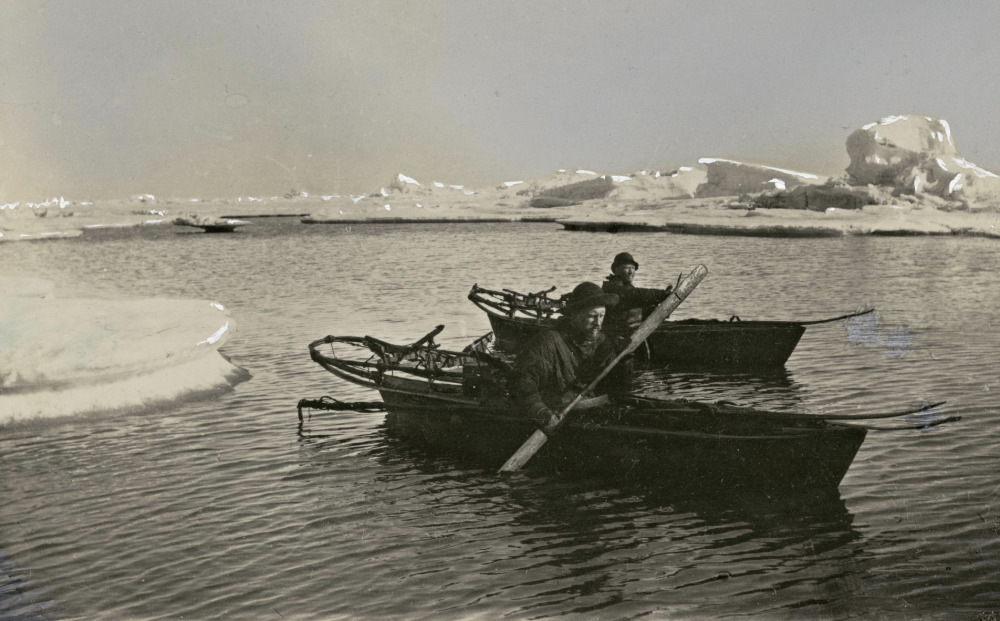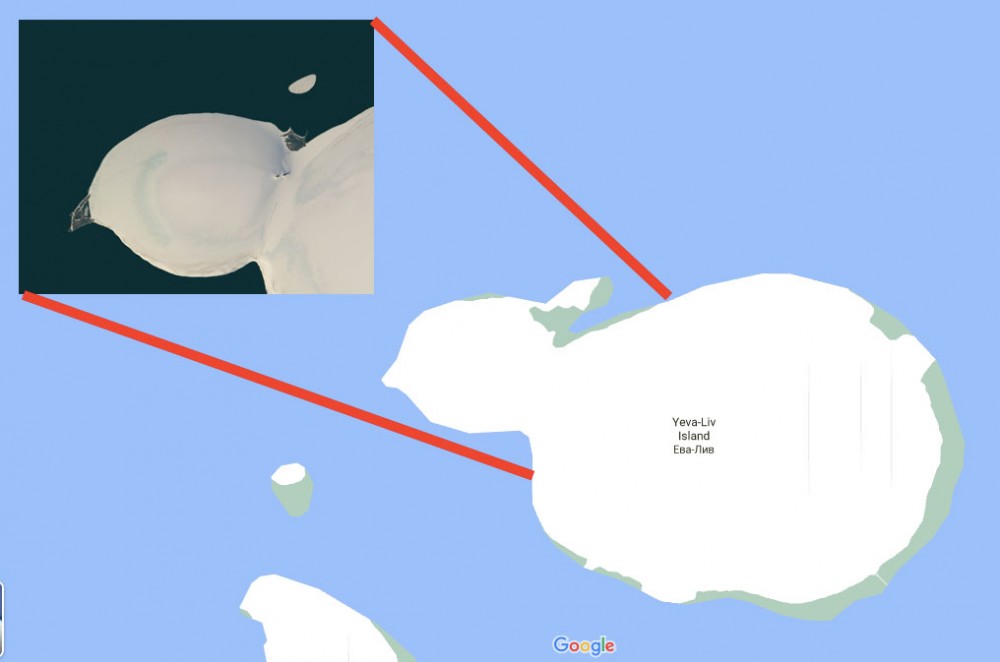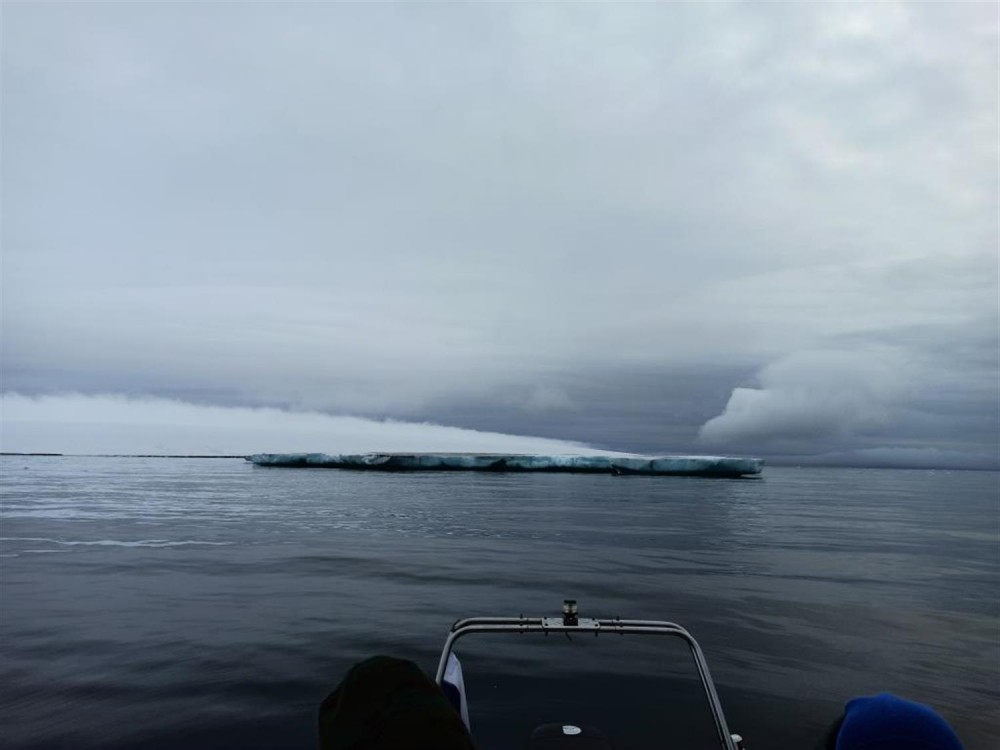A peninsula on an island Nansen named for his wife and daughter has melted away
What appeared to be a peninsula was a glacier — and it's melted away, said officials with the Russian Arctic National Park.

Employees of the Russian Arctic National Park discovered that the peninsula on the northern edge of Eva-Liv island in Franz Josef Land wasn’t a peninsula at all, but a glacier stretching into the sea — a glacier that now has melted.
Only a small portion of the glacier is still visible above the sea, while a three-kilometer-wide strait has formed.
What previously was believed to be a small peninsula, formed like a hare’s ear, is simply not there anymore, drone images from this summer show.
The island is the northernmost on Russia’s Franz Josef Land archipelago, a part of the Arctic where climate change is radically redrawing geography as glaciers withdraw.
Norwegian explorers Fridtjof Nansen and Hjalmar Johansen were the first recorded visitors to the island in 1895.

Nansen, who wrongly believed it was two separate islands connected with a glacier, decided to name them after his wife Eva and daughter Liv. Today, the official name is Eva-Liv island.
Nansen and Johansen spent the winter 1895/96 on the northern tip of Franz Josef Land after they had left their ship Fram in an attempt to reach the North Pole on skies.
In May 1896 they left their winter shelter and continued south along the islands of the archipelago in two kayaks until they reached Cape Flora in mid-June. There, they met the British explorer F. G. Jackson, who took them back to Norway on board his ship Windward which made port call to Vardø in August the same year.
Russian National Park says the vanishing glacier that formed the small peninsula was first discovered to be melting in 2017. But this summer when the area was explored in a zodiac, it became evident that there was no land under the glacier.
“Due to climate changes, the forms of the glaciers at Franz Josef Land are rapidly changing,” the national park Russian Arctic writes on its portal. The staff says they are expecting to discover many more geographical changes in the future.

Last fall, the Barents Observer reported about the discovery of a new island north at Novaya Zemlya that previously had been hidden underneath a glacier now rapidly retreating.
Also at Norway’s Svalbard archipelago is a melting glacier about to change the landscape. Like at the southern part of Spitsbergen island, where the front of Hornsundbreen (Hornsund glacier) is retreating every year and will eventually open a new strait between the Barents and Greenland seas.